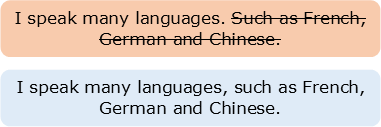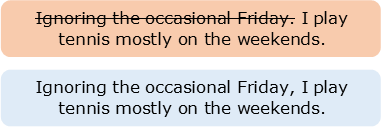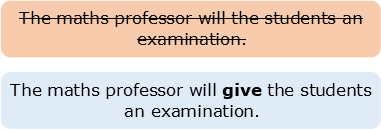How can I fix ungrammatical sentence fragments?

This is the second and final chapter about Sentence Run-Ons and Fragments. To complete this reader, read each chapter carefully and then unlock and complete our materials to check your understanding.
– Introduce the concept of sentence fragments in EAP
– Discuss three types of fragment that students should avoid
– Provide examples of each type to help guide the reader
Chapter 2

In this short reader about sentence run-ons and fragments, we’ve so far discussed the most common sentence-structure errors for students using academic English (EAP), reviewing also the four common structures: simple, compound, complex and compound-complex sentences. In this second and final chapter on the subject, we next focus specifically on identifying sentence fragments, outlining three common ways in which such errors are made and exploring specifically how to avoid such errors.
What is a sentence fragment?
For a sentence to be grammatical, it must contain a minimum of one independent clause that has a subject and a main verb. This independent clause may then be joined to other independent clauses to form compound sentence structures or to dependent clauses to form complex sentences. Without these initial minimum requirements however, such a construction will simply produce an ungrammatical fragment. We’ve isolated three types of sentence fragment for you below and indicated how to fix them during the proofreading process.
Fragment 1: Using Only Dependent Clauses
As a rule, dependent clauses are introduced with subordinate conjunctions such as ‘because’ and ‘while’ or relative pronouns such as ‘who’ or ‘which’. Such clauses are joined to the beginning or end of other clauses and are sometimes also embedded within the middle of a clause. While dependent clauses are perfectly grammatical once joined to an independent clause, such clause types cannot stand alone as a complete thought or sentence or be joined only to another dependent clause. If students were, therefore, to write either of the following ungrammatical sentences (the ones deleted out in the following examples), they would be creating sentence fragments – sentences that contain only dependent clauses. Corrections to these errors have been provided for your reference in the blue examples below:


Fragment 2: Using Only Phrases
Not only can sentences be considered fragments if they aren’t comprised of at least one independent clause, but so too can phrases be fragments if they are not contained within a complete clause. The deleted sections in the examples below are ungrammatical fragments because they are phrases and not full sentences:


Fragment 3: Having No Subject or Main Verb
As was previously explained, all clauses (except for non-finite clauses) must contain a main verb and a subject at a minimum to be grammatical. As the following examples show however, without either of those two key phrase functions, students will only create ungrammatical fragments that must be later fixed:


Well done on completing this short reader on sentence run-ons and fragments. After completing the Chapter 2 activities, consider next studying another reader about sentence structures to further improve your knowledge.
Downloadables
Once you’ve completed all both chapters in this short reader about Sentence Run-Ons and Fragments, you might then wish to download our Chapter Worksheets to check your progress or print for your students. These professional PDF worksheets can be easily accessed for only a few Academic Marks.
Chapter 1 explores the topic: Why should sentence run-ons be avoided in EAP? Our Chapter 1 Worksheet (containing guidance, activities and answer keys) can be accessed here at the click of a button.
Chapter 2 explores the topic: How can I fix ungrammatical sentence fragments? Our Chapter 2 Worksheet (containing guidance, activities and answer keys) can be accessed here at the click of a button.
To save yourself 1 Mark, click on the button below to gain unlimited access to all of our Sentence Run-Ons and Fragments Chapter Worksheets. This All-in-1 Pack includes every chapter, activity and answer key related to this topic in one handy and professional PDF.
Collect Academic Marks
-
100 Marks for joining
-
25 Marks for daily e-learning
-
100-200 for feedback/testimonials
-
100-500 for referring your colleages/friends